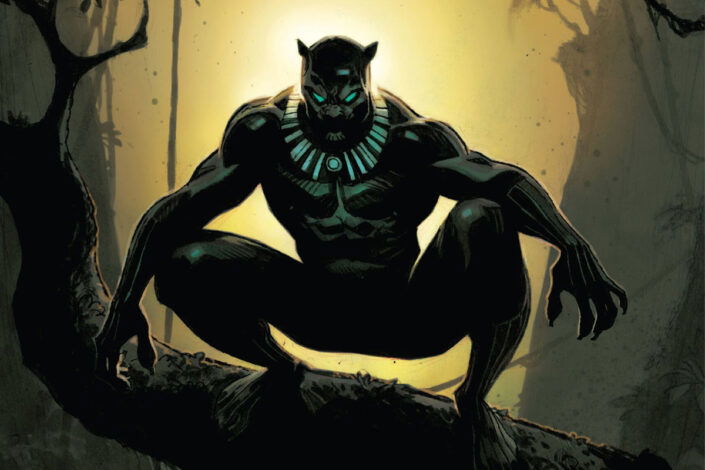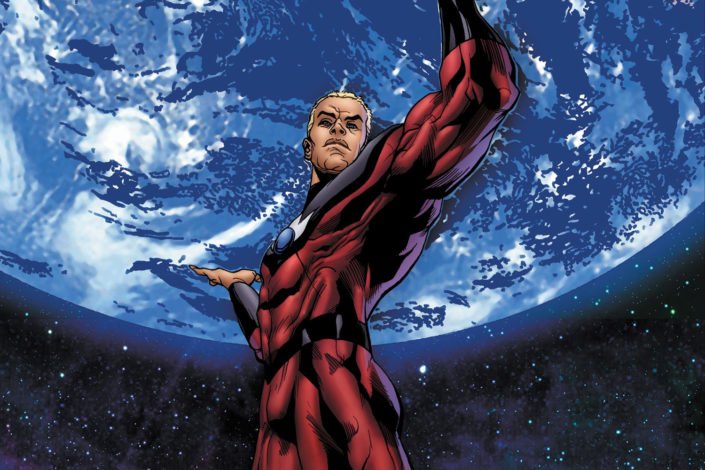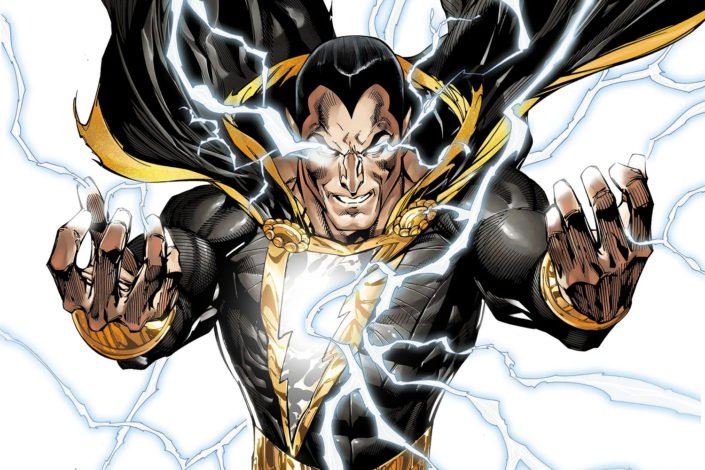Young Justice Reading Order

They are the next generation of superheroes and want to have their own adventures, far away from their mentor. They are the Young Justice! The team was founded by Robin (Tim Drake), Superboy (Kon-El), and Impulse (Bart Allen) but will soon become a beacon for the young superheroes in the DC Universe.
Created by Todd Dezago and artist Todd Nauck, the Young Justice made its first appearance in 1998, in Young Justice: Secret #1 at a time when the Teen Titans had become the Titans and they were no current superheroes’ teen team.
The team’s base was established in the empty JLA headquarters in Happy Harbor, Rhode Island, where they met Red Tornado. The sentient android stayed with the team as an adult supervisor and adviser. Soon enough, some new members were added to the team: Wonder Girl (Cassandra “Cassie” Sandsmark), Arrowette (Cissie King-Jones), and Secret (Greta Hayes). Other heroes would come and go from the team: Empress, Li’l Lobo/Slobo, The Ray, but also Teen Lantern, Jinny Hex, and Amethyst. Red Tornado was also eventually replaced with civilian Snapper Carr.
If Young Justice was created on paper, the team made also a name for itself on television, thanks to the Young Justice animated television series, launched in 2010 on Cartoon Network. It is not an adaptation of the comic book series (and not in continuity), but the adventures of another version of the team from another Earth. And there are tie-ins to the television adventures!
To know more about the Young Justice, let’s dive into this reading order!








